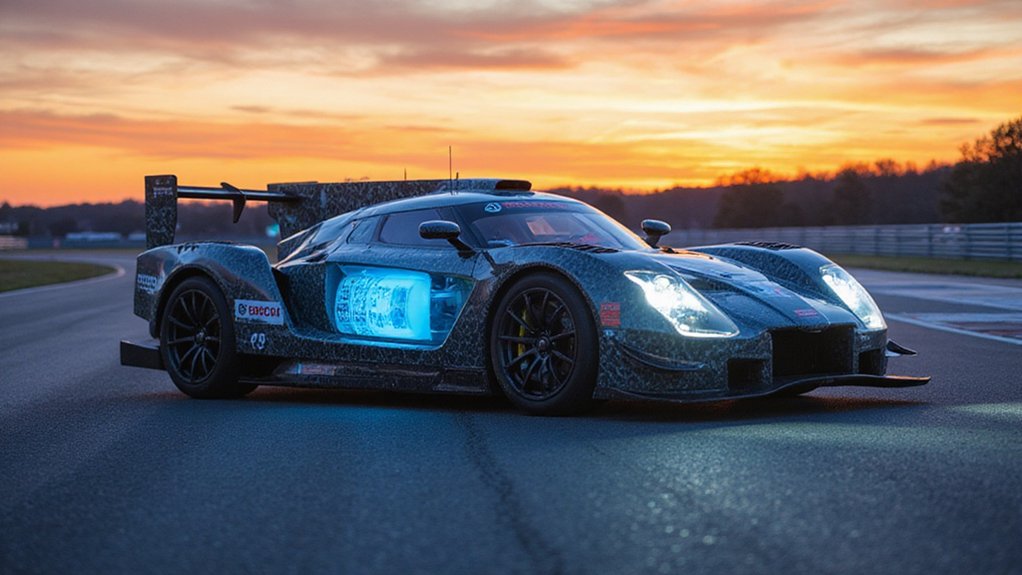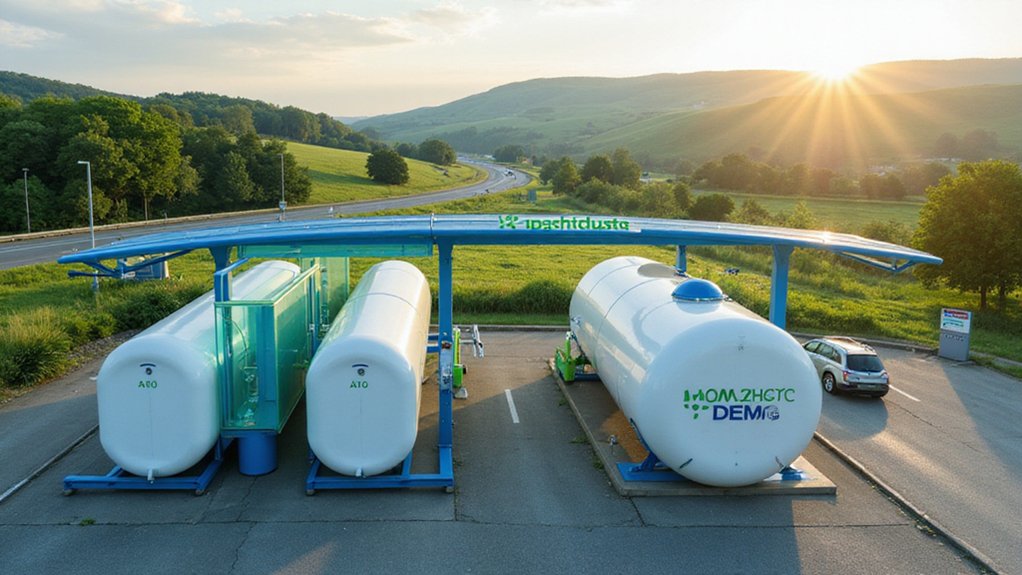While aviation history has seen many firsts over the decades, a groundbreaking achievement took place on March 27, 2025, in Bromont, Quebec. A modified Robinson R44 helicopter completed the world’s first piloted hydrogen-powered vertical takeoff and landing flight. The helicopter stayed airborne for three minutes and sixteen seconds, performing hover and maneuver tests.
The historic flight represents a major milestone for sustainable aviation. Unlike traditional helicopters that release carbon emissions, this aircraft produced only water vapor as exhaust. The powertrain used two proton exchange membrane fuel cells that provided about 90% of the energy needed for flight. A battery pack supplied the remaining power.
Clean flight, zero footprint—hydrogen fuel cells provide 90% power, batteries the rest.
Engineers replaced the helicopter’s standard piston engine with an electric motor made by magniX. They also added an external cooling system to manage heat from the fuel cells during hover. A special non-metallic tank mounted under the tail boom stored the gaseous hydrogen fuel.
The project, called Proticity™, came together through teamwork between Unither Bioélectronique and Robinson Helicopter Company. Canadian Advanced Air Mobility and H2CanFly also supported the effort. This achievement represents the first hydrogen-powered flight in Canadian aviation history. Ground testing with fuel cells began in December 2023, leading to this successful flight.
Despite the short flight time, the demonstration proved that hydrogen can power vertical flight. Current limitations include the challenges of gaseous hydrogen storage and managing rapid power changes during takeoff and landing. Future improvements will focus on liquid hydrogen systems to extend the aircraft’s range. Researchers believe the technology could eventually provide performance improvements compared to conventional helicopters.
The team plans to use this technology first for medical organ transport, offering zero-emission logistics for critical deliveries. This approach aligns with the versatility of use advantages seen in other clean energy technologies like geothermal power. Eventually, the technology could transform vertical flight for urban travel, cargo delivery, and emergency services.
This Canadian achievement aligns with global climate goals by showing a practical way to reduce aviation’s carbon footprint. As the technology develops, hydrogen-powered flight may become common in the sky, leaving only water vapor in its wake.
References
- https://www.sustainability-times.com/energy/worlds-first-hydrogen-helicopter-takes-off-this-historic-flight-just-changed-aviation-forever-and-left-engineers-speechless/
- https://avitrader.com/2025/04/09/canada-achieves-world-first-piloted-hydrogen-powered-helicopter-flight/
- https://technologymagazine.com/news/inside-united-therapeutics-first-hydrogen-helicopter-flight
- https://en.wikipedia.org/wiki/Hydrogen-powered_aircraft
- https://evtol.news/news/worlds-first-hydrogen-fuel-cell-powered-robinson-r44-helicopter-makes-first-flight-in-bromont-qc








